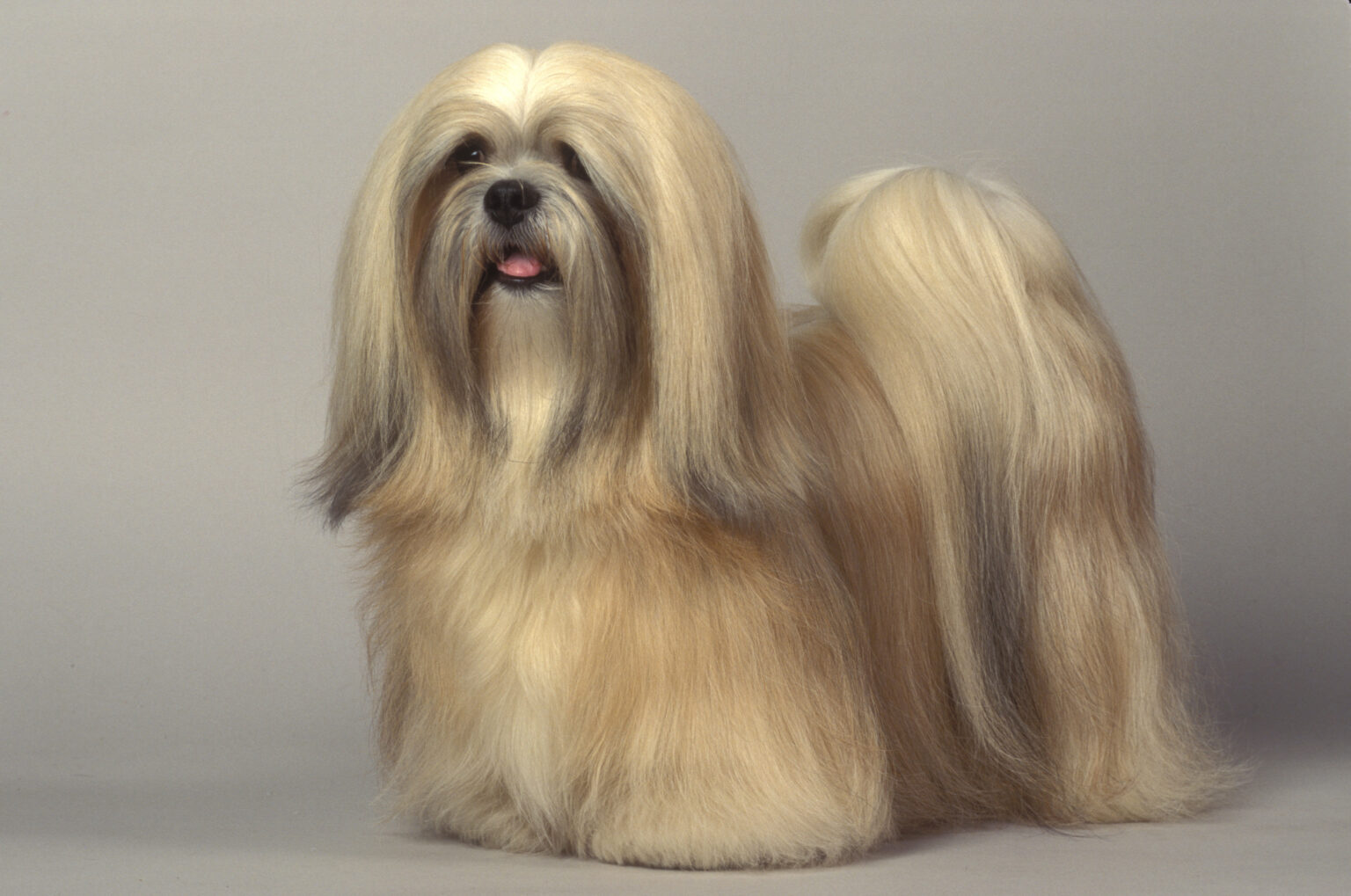Lhasa Apso Dog Breed
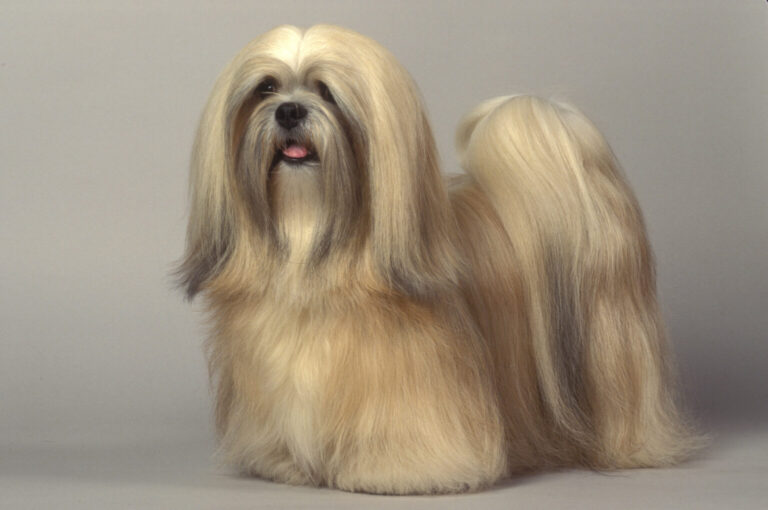
| Characteristic | Information |
|---|---|
| Country of Origin | Tibet |
| Era of Origin | 800 B.C. |
| Crossbreeding Status | Purebred |
| Temperament | Loyal, Alert, Independent |
| Build | Small, Sturdy |
| Coat Quality | Long, Dense |
| Lifespan | 12-15 Years |
The Lhasa Apso is more than just a dog breed; it’s a living tapestry of history and unique characteristics. Originating from the mysterious lands of Tibet, these dogs were not just pets but revered guardians in monasteries, where their sharp senses and vigilant nature were indispensable. Their most striking feature is their luxurious, floor-length coat, coupled with a dignified bearing and an alert yet composed temperament. In Japan, a nation where living spaces are often compact, the Lhasa Apso’s modest size makes it an especially suitable companion.

These dogs are not just pets but are seen as symbols of fortune and guardians against evil spirits, resonating with the spiritual sensibilities of the Japanese people.
Coat Color
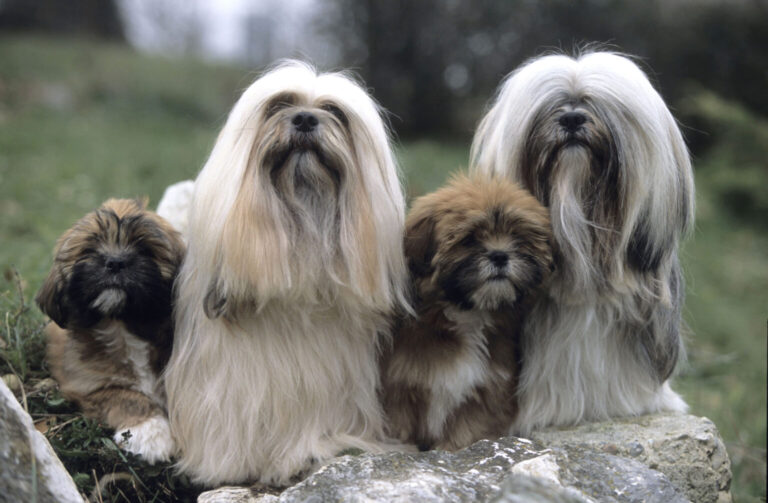
Lhasa Apsos exhibit a stunning palette of coat colors, encompassing shades from honey and cream to the deeper tones of slate and charcoal. In Japanese culture, where aesthetic values are deeply ingrained, the Lhasa Apso’s diverse coat colors are particularly cherished. These hues include pure blacks, pristine whites, rich golds, and intriguing combinations, often marked with distinct patterns that give each dog a unique appearance.
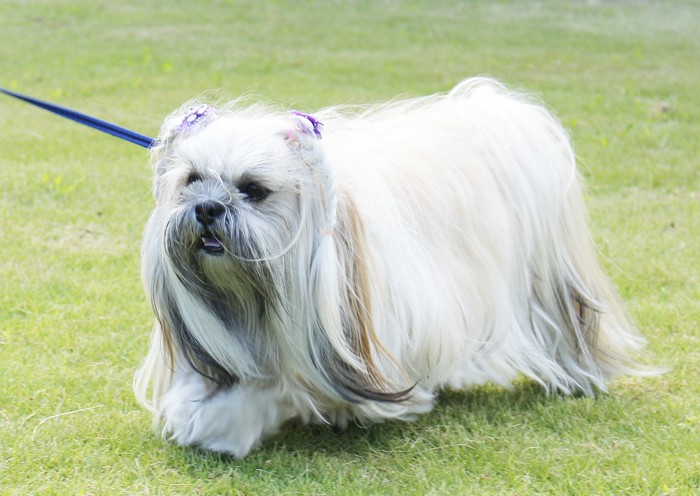
The luxuriousness and variety of their coat colors, complemented by the length and texture of their fur, make them highly prized in dog shows and as prized family members.
Coat Type
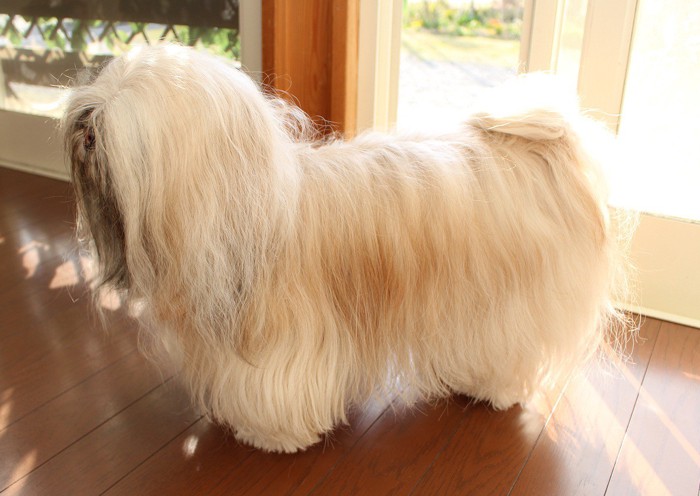
The Lhasa Apso’s coat is a defining feature, characterized by its length, straightness, and density, demanding consistent grooming attention. In Japan, where attention to detail and pet care are seen as a reflection of one’s dedication, the grooming of a Lhasa Apso’s coat is both a challenge and a rewarding experience. Unlike many breeds,
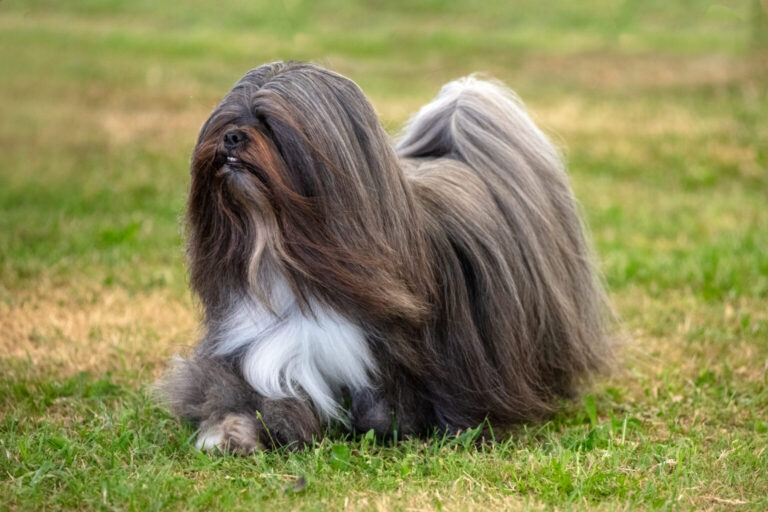
Lhasa Apsos do not shed extensively with the seasons, a trait highly appreciated in Japanese households where cleanliness and order are of utmost importance.
Size
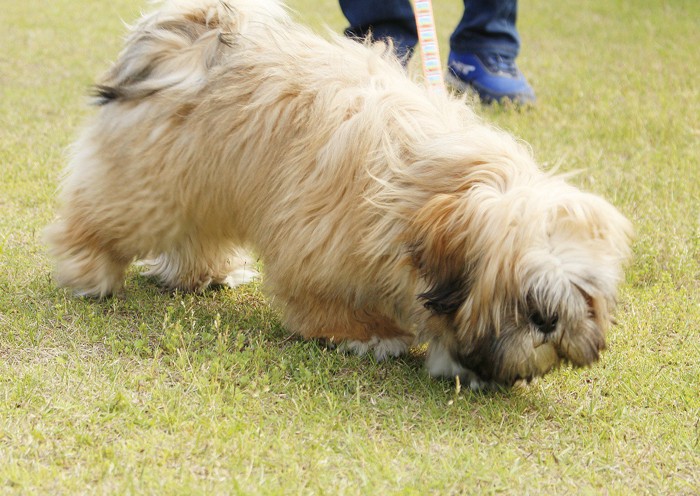
Lhasa Apsos are categorized as a small to medium-sized breed, with males generally being slightly larger than females. Adult Lhasa Apsos typically stand about 10 to 11 inches at the shoulder. In Japanese society, where smaller dog breeds are often favored due to limited living spaces, the Lhasa Apso’s compact stature makes it an ideal indoor companion.
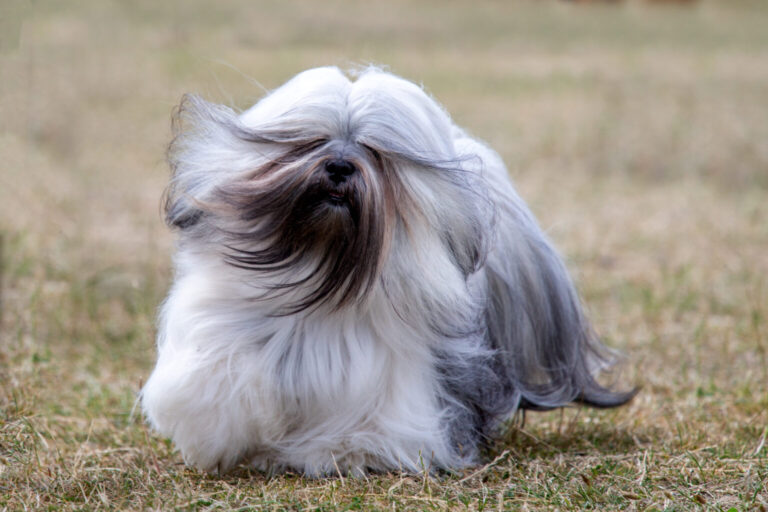
Their size is not just convenient for smaller homes but also makes them adaptable to apartment living, which is a common housing arrangement in many Japanese cities.
Weight
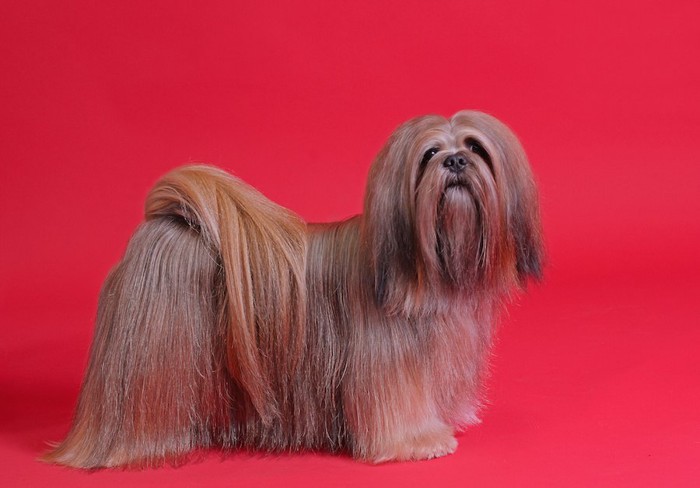
A healthy adult Lhasa Apso usually weighs in the range of 12 to 18 pounds. This weight bracket makes them a robust yet manageable breed, particularly in Japan where small to medium-sized dogs are the preferred choice.

Their manageable weight makes them easy to handle, which is a significant advantage for older pet owners or those with limited space to accommodate larger breeds.
Lifespan
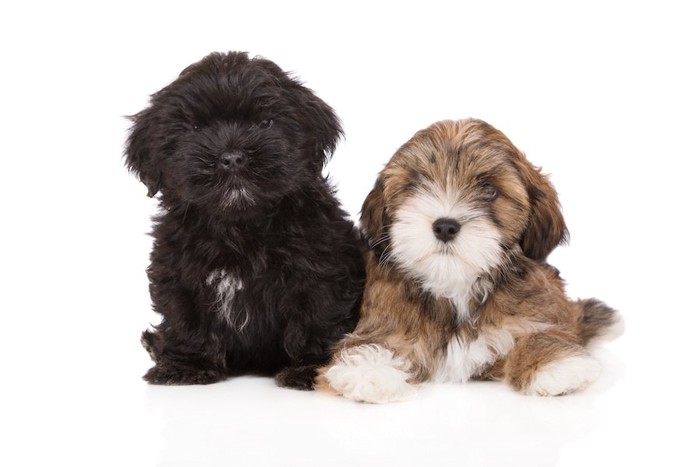
Lhasa Apsos are known for their impressive longevity, with many living between 12 to 15 years, and some even longer. In Japan, a culture that venerates longevity in both humans and animals, this aspect of the Lhasa Apso is especially valued.
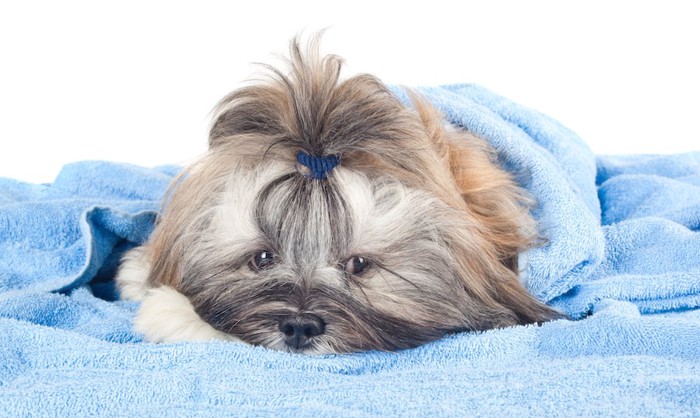
To ensure these dogs live a long and healthy life, it is crucial to provide them with a balanced diet, regular exercise, and consistent veterinary care, echoing the Japanese ethos of preventative health and well-being.
Trainability
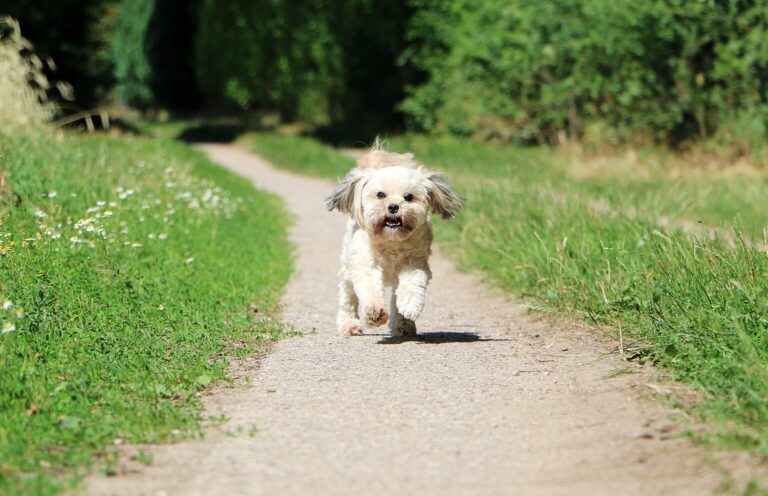
While Lhasa Apsos are undoubtedly intelligent, they also possess an independent nature, which can make training a unique blend of challenge and opportunity. In the Japanese context, where values such as harmony and respect are paramount, training a Lhasa Apso requires a balanced approach of patience and assertiveness. Early socialization and positive reinforcement are key, harnessing their smartness effectively.

Their independent streak, while sometimes challenging, also adds to their charm, making training a rewarding journey.
Exercise
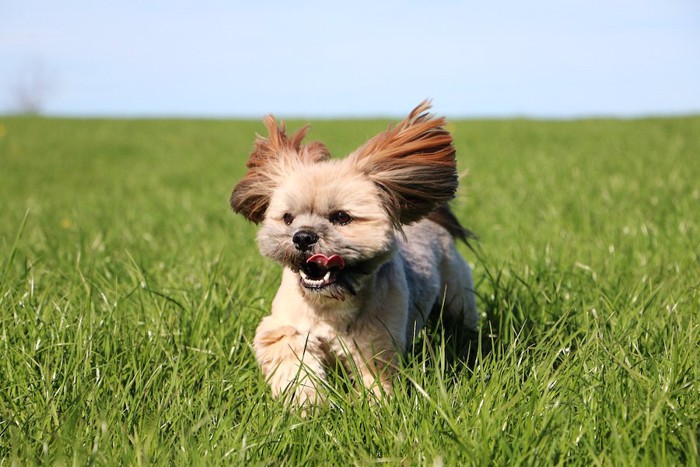
The Lhasa Apso requires a moderate amount of exercise, aligning well with the lifestyle in urban Japan. Routine walks and playful activities are sufficient to maintain their health and happiness. Their small size allows for indoor play, an advantage in Japan, where outdoor spaces can be scarce.
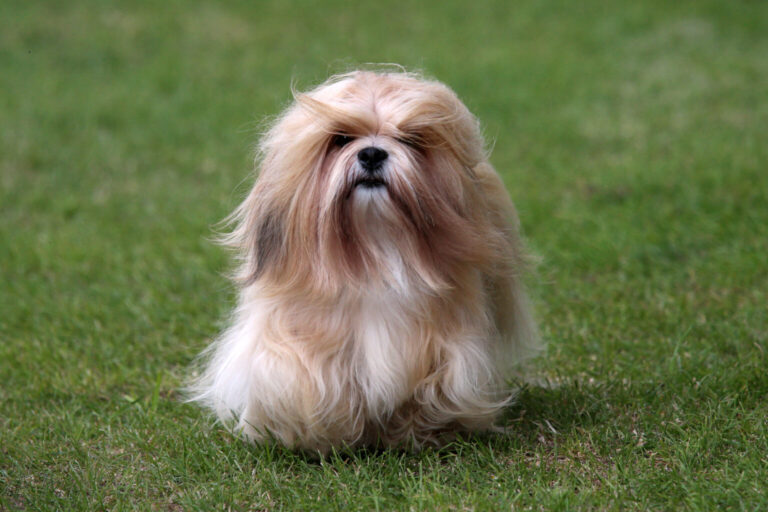
However, care should be taken during warmer months, as their dense coat can make them prone to overheating, necessitating mindful exercise routines.
Feeding
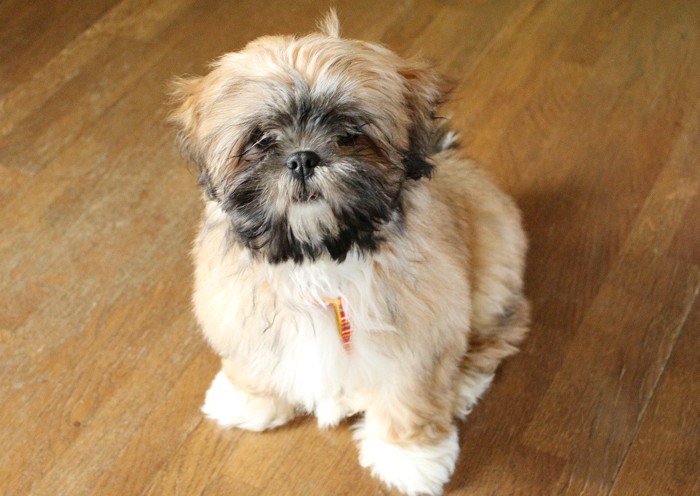
Lhasa Apsos do not have specific dietary requirements, but it is crucial to provide them with high-quality dog food and a balanced nutritional regimen. In Japan, where there is a strong emphasis on health and longevity, ensuring that Lhasa Apsos receive a diet that is appropriate for their age, size, and activity level is of paramount importance.
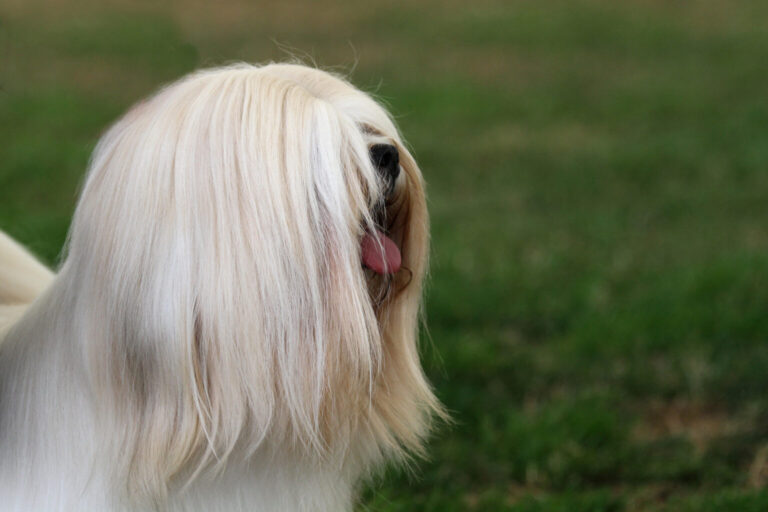
Preventing overfeeding is also crucial as they can be susceptible to weight gain, which can lead to health issues.
Temperament

LhasaApsos are renowned for their loyal, affectionate, and somewhat dignified nature. They are alert and possess an acute sense of hearing, making them excellent as small, vigilant watchdogs. In Japanese culture, where characteristics such as loyalty and keen awareness are greatly admired, these dogs are a perfect fit for families.
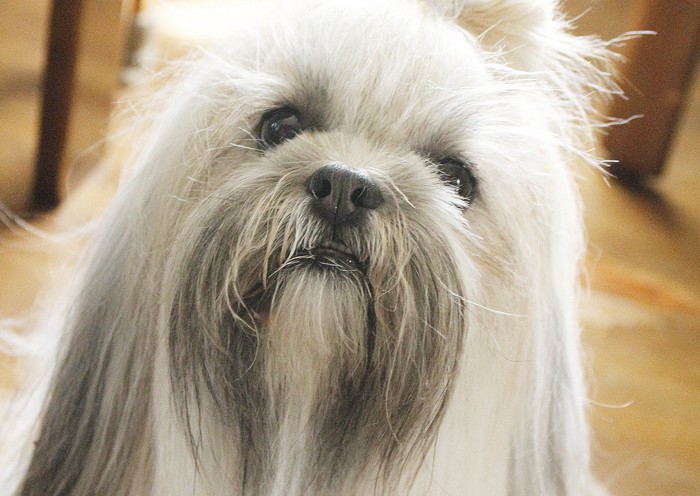
They may display a certain reserve around strangers but are intensely devoted to their families, embodying traits that resonate well with Japanese sensibilities.
History
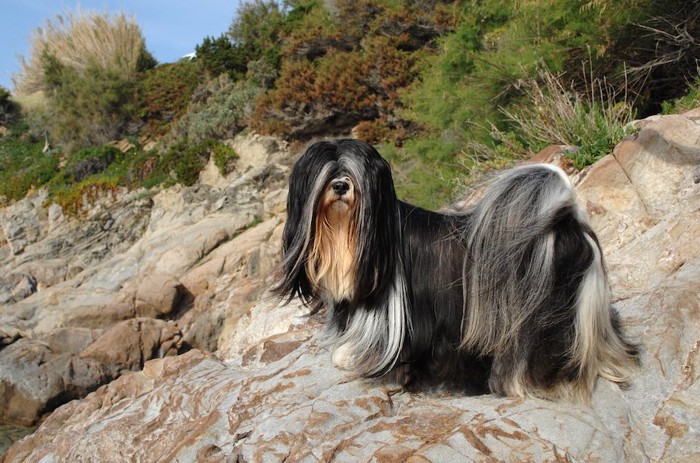
The Lhasa Apso boasts a rich and fascinating history, rooted in the mystical highlands of Tibet. They were originally bred as sentinel dogs in monasteries, a role that underscores their protective and alert nature. In Japan, where there is a deep appreciation for history and tradition, the Lhasa Apso’s ancient lineage enhances its allure.
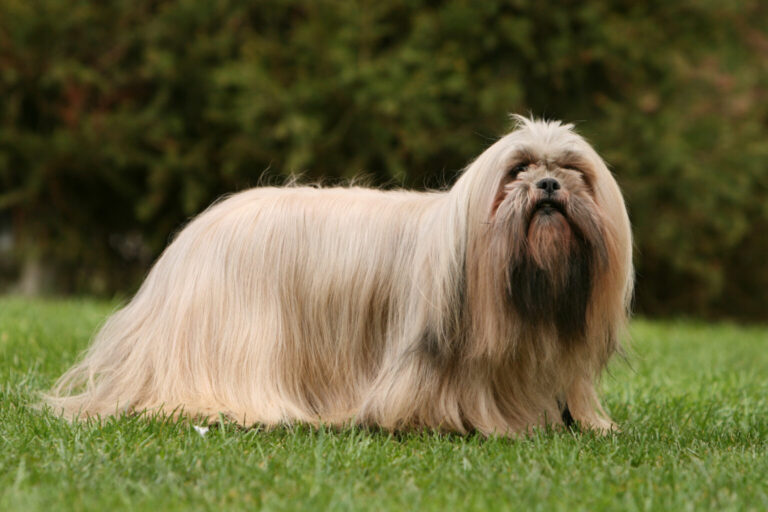
Their long association with Buddhist monasteries and spiritual practices connects them deeply to cultural and historical narratives, adding to their mystique.
Grooming
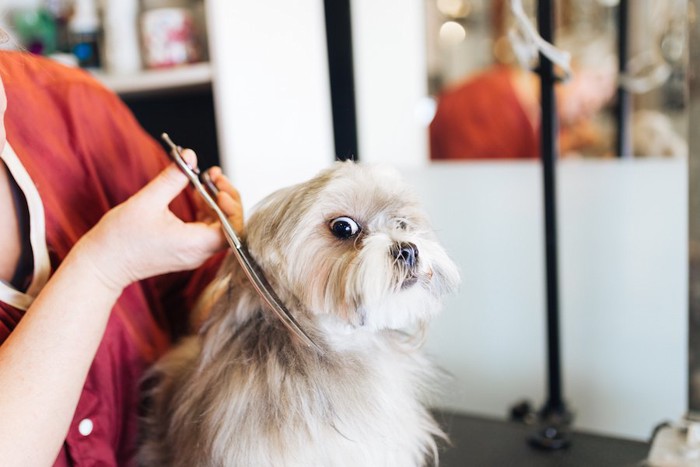
Grooming is an integral aspect of caring for a Lhasa Apso, with their long, dense coat requiring regular and careful maintenance. In Japan, where grooming and caring for pets are often viewed as an extension of one’s own personal care and a bonding experience, the meticulous grooming needs of the Lhasa Apso can be seen as both a responsibility and a pleasure.
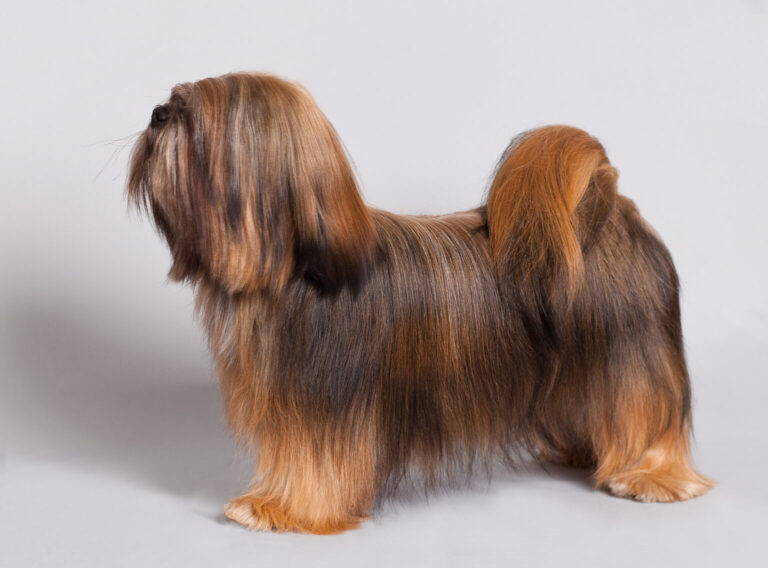
Routine practices such as brushing, bathing, ear cleaning, and nail trimming are not just necessary for their physical health but also for maintaining a strong bond between the pet and the owner.
Health

Generally, Lhasa Apsos are a robust breed, but they are predisposed to certain genetic health issues such as hip dysplasia and eye conditions. In Japan, where proactive health care for pets is a norm, regular veterinary check-ups and a healthy lifestyle are essential.
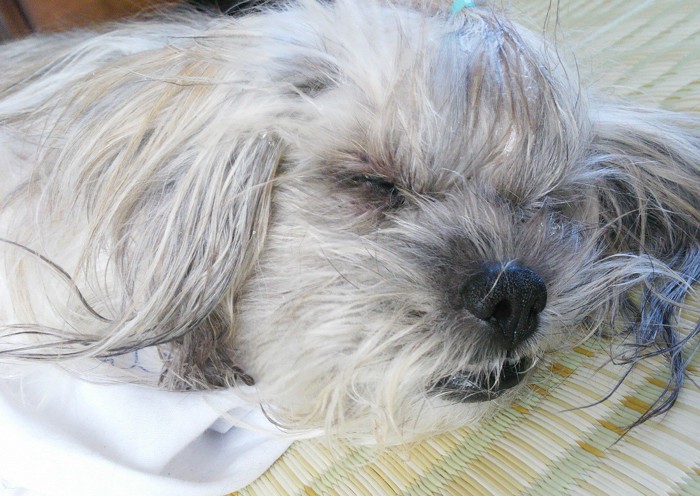
A proper diet, coupled with adequate exercise, plays a crucial role in preventing these health issues, ensuring that these cherished companions enjoy a long and healthy life.

